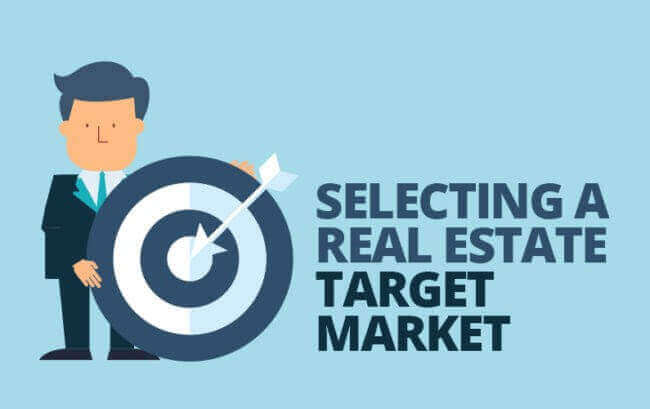Leverage is a very powerful tool in real estate investment. It multiples our investment returns. That’s the secret of achieving high investment returns.
The way to achieve leverage is using mortgages on investment properties. Since I have done both residential and commercial mortgages, it’s interesting to compare them.
Definition
Residential mortgages are only available for properties with 1 (single family home) to 4 dwelling units. For properties with 5 units and above, we have to use commercial mortgages.
Qualifications
For residential mortgages, lenders care more about our personal income than property’s income.
Lenders would check total debt service ratio, credit report, employment and do stress test. Total Debt Service Ratio is calculated as monthly total debt payment / monthly gross income. As long as this ratio is less than 40%, lenders feel comfortable.
To qualify for a residential mortgage, we also need to pass a “stress test”. We need to prove we can afford payments at a qualifying interest rate, which is typically higher than the actual rate in the mortgage contract.
For commercial mortgages, lenders care more about property’s income than our income.
Debt-service coverage ratio (DSCR) is the most important thing commercial lenders care about. It’s calculated as Net Operating Income (NOI) divided by Annual Mortgage Payment. Lenders usually require DSCR to be higher than 1.25.
Stress test is not required by commercial lenders. However, they would check borrower’s financial situation (net worth and liquidity) and track records on operating similar investment properties.
This key difference in qualification means that we would easily hit borrowing limit on residential mortgages after purchasing several properties. However, we can sustainably get more commercial mortgages as long as we find great properties.
Term and Amortization
Most residential mortgages have 3-5 years Term with 25-30 years Amortization. On the other hand, Commercial mortgages usually have 10-12 years Term with 30 years Amortization. It means we can take a 12-year fixed rate commercial mortgage and don’t need to worry interest would go up.
Interest and Principal
Residential mortgages always need to pay interest and principal in every payment. Commercial mortgages most likely have 3-5 years interest only period at the beginning. This gives business owners more cashflow to distribute or improve properties. However, interest rate on commercial mortgages is usually 20-100 bps higher than residential mortgages.
Loan-to-Value (LTV)
Residential mortgages usually have 65-80% LTV. With mortgage insurance, it can even go up to 95%. It’s not common to see insurance on commercial mortgages. Commercial mortgages LTV is 65-80% and depends on lenders, area and property condition.
Prepayment Penalty
The way prepayment penalty calculated varies from lender to lender.
For residential mortgages, variable-rate mortgage usually charges 3 months’ interest. Fixed-rate mortgage charges the higher amount between 3 months’ interest and interest rate differential (IRD).
For commercial mortgages, two most common prepayment penalty types are step-down and yield-maintenance.
Step-down means the lender uses a simple schedule of prepayment penalties, often stated year by year. So for a 10-year mortgage, the schedule might be 5,4,4,3,3,2,2,1,1,1% of the outstanding balance.
Yield-maintenance means the lender calculates net present value of the interest they would have received if we held the loan to maturity. The formula uses difference between mortgage rate and current market rate. Therefore, the prepayment penalty is zero if current market rate is higher.
Time Frame
Residential mortgage’s application and approval process takes 1-2 months. However, commercial mortgage’s process usually takes 2-6 months.










